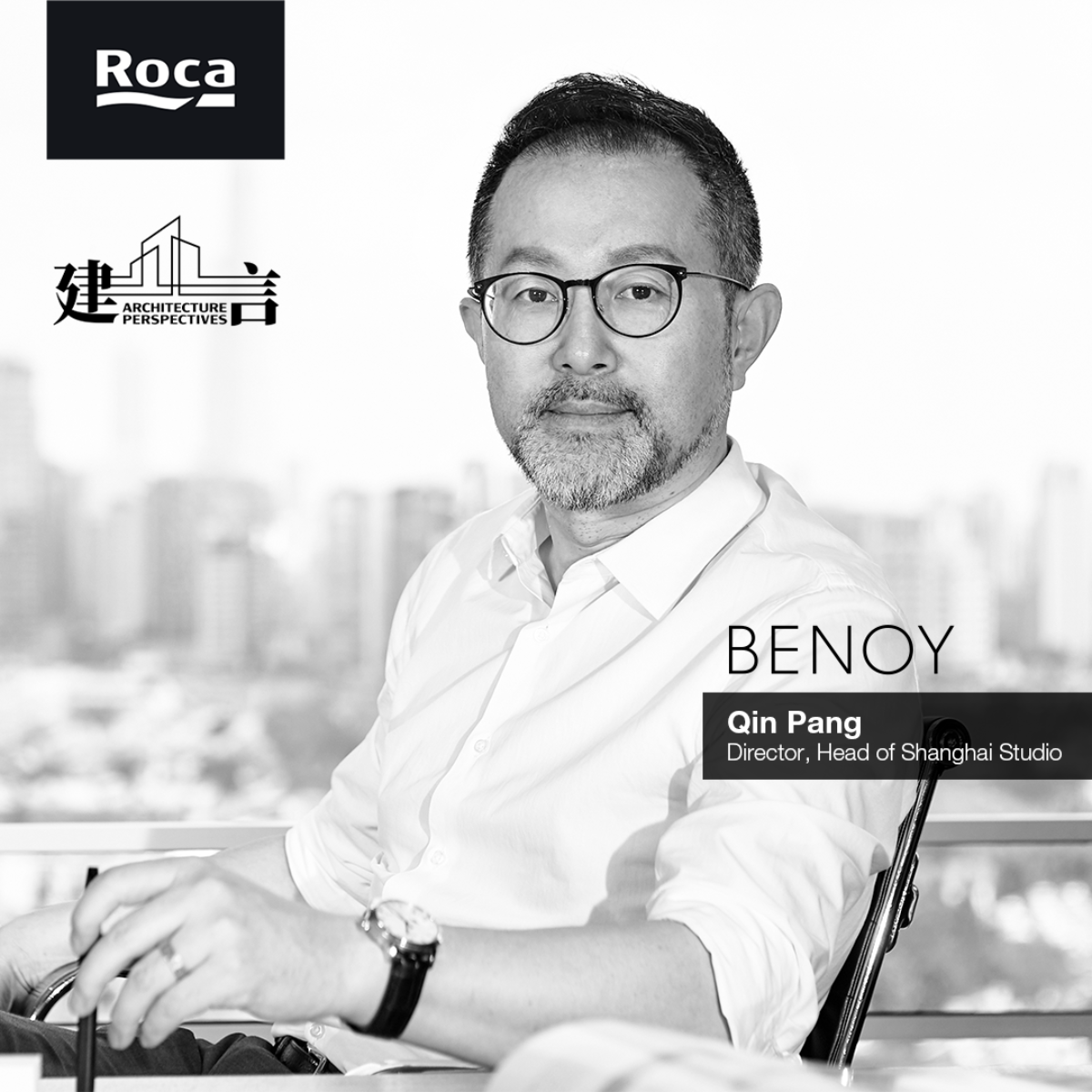Everyone’s memories are quite self-centred and private, which are valued but vague. How many of these memories are related to an external environment? Even if there is, the external environment seems to be only the background for these memories. The context is blurry, while the memories are mementoes. I reckon that urban space is evolutionary, and its major development path will never change along with the ideas of a certain city manager, a developer, or an architect. The cities we see are developing and evolving in the direction of their own needs. It’s just like a primitive forest, where there are thousands of species, and each small creature is only a link in the ecosystem. The abundance of species determines the stability of the ecosystem, yet these individual species themselves cannot determine the healthy development of the ecosystem. A city is first functional, which solves the construction of basic energy and physical spaces so that people can live in it. Rather than being the master of nature, humans only inhabit in nature.
I do not support the way of either full demolition or full retention for urban renewal. We need study each case and plot with a truly scientific and responsible attitude. A plot should be retained if it is worth retaining and be demolished if not, hence this process is itself a process of urban evolution. This is also how it has been done slowly throughout history. Furthermore, any building may become ruins in the future. Our interpretation and description of the world depend on the current cognitive abilities of humans from empirical or a priori perspectives. It is just as what was said by Immanuel Kant that humans set laws for nature. The thing-in-itself is unknowable to humans, and such cognition is definitely not enough for predicting some things in the future. I deem that we should adequately revere nature and cities.
For example, we are helpless in the face of the unknown virus during the COVID-19 outbreaks. When Shanghai implemented closed-off management in the previous few months, I was not able to meet with my colleagues for the first few weeks and we could only communicate via various group meetings. In addition to arranging for each director to chat with team members one on one, we’ve also invited some professional psychology instructors to give everyone psychological consulting. I would like to explain the whole issue from different angles. Our company prepared some living materials for the colleagues. When distributing the materials, I also attached an open letter to everyone:
“In the past month, all of us have experienced a sudden change from a life where we could almost conveniently do whatever we wanted and which we took for granted, to an awkward life where we are stuck in spaces enclosed by walls and can only see the spring scenery outside the windows, which is so close at hand yet out of reach. Such a gap is tearing apart our emotions, and tormenting, forcing, and confusing us…
Undoubtedly, we need strong self-spiritual strength to guide, correct, and ease us, and allow us to adapt to the change…However, we have experienced peace for so long that we all consider it to be the normal and even only state of life… It seems that we should all reflect and think about whether we have enough understanding of the real and complex world and whether we are well prepared for unexpected events. Most importantly, do we have the spiritual strength to match these changes?
We doubt, deny, and file abuses… But can we keep firmer faith despite our doubts? Can we continue to search for the truth despite the denial and still distinguish right from wrong despite the abuses? Can we be stronger, more disciplined, and more optimistic?
Fortunately, our thoughts can still gallop up and down without the constraints of time and space. Fortunately, we still have time. I hope that, in this extraordinary period, we can all provide warmth, continue to be kind, offer beauty, and stick to our bottom line.
I firmly believe that we will be reunited soon, and we will be better versions of ourselves at that time! Please do take care of your better self and take care of your family. This special period will be an experience we will never forget. ”

















